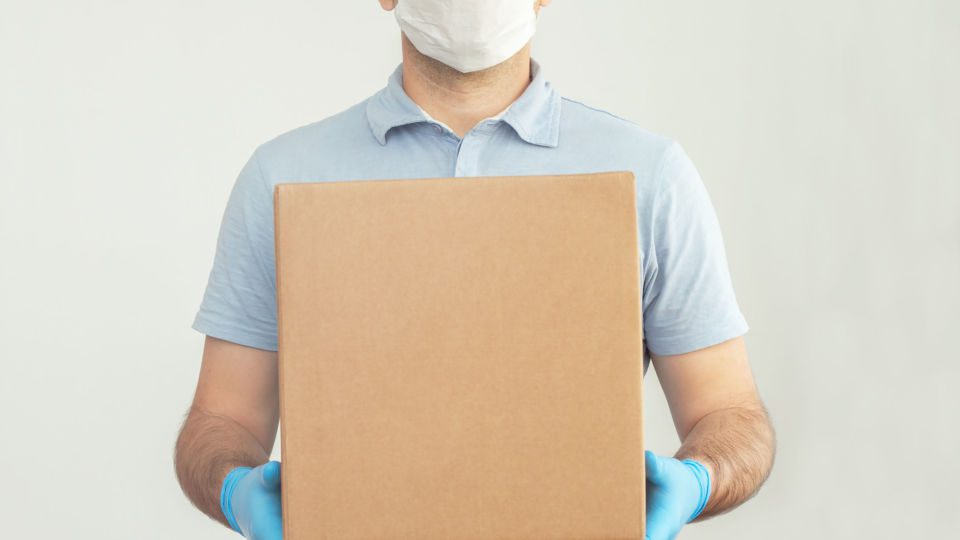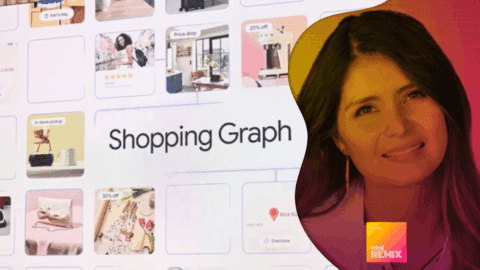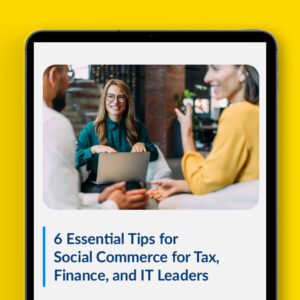One of the primary challenges facing retailers trying to revive sales during the COVID-19 pandemic is the need for isolation. Shoppers aren’t just avoiding public spaces, but also close contact with other people — even delivery drivers. This situation has fueled the need for contactless delivery and, at essential stores that are still open, contactless pickup options.
“For a lot of non-essential retailers, offering contactless delivery or pickup is almost the only way that they’re allowed to be in business,” said Nikki Baird, VP of Retail Innovation at Aptos in an interview with Retail TouchPoints. “For the essential retailers, it’s more about trying to promise safety. I think it’s reassuring when you’re trying to do everything that you can to protect both customers and employees.”
Some of the most important practices retailers need to keep in mind when rolling out contactless shopping programs include:
- Maintain social distancing: Pickup operations should be designed to minimize the risk of spreading infection, which means keeping shoppers our of stores and at safe distances from each other;
- Reduce contact upon delivery: Tools that don’t require drivers to hand their devices to customers for their signature can keep workers healthy, and in turn prevent them from spreading the disease to other shoppers; and
- Plan for inexperienced drivers: The need to quickly scale operations means many retailers will be hiring or contracting with new drivers, so apps and other tools that can onboard them and track their routes will be particularly valuable during this period.
For retailers — even those deemed essential and thus able to keep their brick-and-mortar stores open — incorporating contactless pickup capabilities with buy online/pick up in-store (BOPIS) can solve both safety and logistics issues, particularly if ramping up delivery isn’t a feasible option.
“It’s in some ways easier to scale: [the retailer] still needs to go and pick the items in the store, but you don’t need to think about how you deliver them to your customers,” said Christian Floerkemeier, Co-Founder, VP of Product and CTO of Scandit in an interview with Retail TouchPoints. “Think about frozen goods: they actually make delivery quite difficult. You need to think about the routes where you need to deploy drivers, whether you need trucks with refrigeration and whether you can do these as one-off deliveries, which doesn’t scale well. Offering BOPIS is both easier to set up and easier to scale.”
Pickup Can Improve Safety, But Make Sure You Respect Social Distancing
Even essential retailers are dealing with shoppers’ reluctance to enter public places: Costco, Target and Walmart, three of the biggest beneficiaries of consumers’ rush to stock up at the pandemic’s outset, have started to see traffic declines, according to data from Placer.ai:
- Costco saw a 34.7% jump in year-over-year traffic during the second week of March, and an 8.7% drop in the third week;
- Walmart saw an 18.4% increase followed by a 6.7% decrease; and
- Target saw traffic rise 19.2%, then fall 20.5%.
Sam’s Club was an outlier, with traffic up 66.9% the second week of March and 21.4% during the third week, but Placer.ai noted this may be due to a more general resurgence in traffic rather than immunity to the ups and downs of the pandemic. The solution provider also suggested that Costco, Walmart and Target may see future traffic surges as shoppers run out of their initial supplies and return for more.
With this in mind, essential retailers should strive to make shoppers’ return trips as safe and stress-free as possible — and this is where a contactless pickup program can shine. The key element in these programs is keeping shoppers outside of the store, which limits the risk of infection for both customers and the associates handling picking inside.
“Especially in places where the social distancing is mandated, it’s really important that retailers control entry to whatever their pickup zone is,” said Baird. “If you’re using the lobby area of the store, you have to maintain social distancing in that space. I’ve seen some retailers who have set up a table inside the door, so that the door is propped open and the table is right there. You can’t actually come in the building; they bring the package to you when you show up.”
Different store layouts better lend themselves to different pickup procedures. In some cases, drive-through or curbside programs are easier than staging operations from the entrance of the store. Regardless of the approach, make sure shoppers have a chance to learn the procedure before they arrive — or in the case of delivery, what the driver will do the package.
“Most companies are offering a description of what their process is, and I think that that’s really helpful because companies are choosing to implement this differently,” said Baird. “It’s important to set expectations for what’s going to happen. If it’s delivered to your doorstep, somebody’s going to knock on your door or ring the doorbell, and then they’re going to put the package down and walk away. If that’s what is happening, then providing that description helps customers know what to look for at the moment of delivery.”
Workers Are Key To Contactless Delivery — Include Them In Your Plans
Delivery is fast becoming the only option for most non-essential retailers, and contactless approaches are now preferred even in situations and segments where signing for delivery is the norm. This is for the good of workers as much as customers: while a shopper may be nervous about accepting a package in person, a driver is at significant risk of contact with an infected person due to the sheer volume of deliveries they make in a day.
“If I’m a delivery driver, I wouldn’t want 100, maybe right now 150 to 200, people a day touching my device,” said Floerkemeier. “In some ways the risk to a delivery driver is much, much larger. Think about it like this: you’re risking your delivery driver, who could then infect some of your customers a couple days down the road. We’ve been talking about keeping your customers safe, but when you really look at it you need to think about how to keep the delivery driver safe.”
These conditions exacerbate the need to quickly scale up a contactless delivery program, but there are solutions and apps that can ease the process. For example, apps that allow retailers to track drivers’ location can help ensure they’re learning the routes and bringing packages to the right locations. Additionally, leveraging the educational capabilities of an app can help onboard new drivers in far less time than traditional methods.
“Leveraging an app to instruct your workers is super crucial right now,” said Floerkemeier. “If you’re trying to scale whatever it is you’re doing, you’re not going to have time for training. You’re not going to be able to run people throughout the six week introduction course. It’s super important that you can get people started immediately, and that starts with having an app that guides workers through the processes they need to facilitate.”
The Pandemic Won’t Last Forever, But New Shopping Habits May Persist
Retailers must quickly build their contactless capabilities in response to social distancing, but they also need to keep an eye on how their customers are responding to these options in general. Contactless options are being used out of necessity at the moment, but they may set the foundation for a wider mobile revolution in the future. At the very least, the post-coronavirus atmosphere in China suggests that things won’t immediately return to normal.
“I would say that the stuff that we’re seeing coming out of China suggests that there’s at least a medium-term impact,” said Baird. “It’s not like consumers immediately reverted back to their old behaviors before everything shut down. There’s a lot of timidity and hesitation on the part of consumers, and so even when stores are back open and restrictions on travel and moving around have been newly lifted, companies like Starbucks are still reporting that consumers are mostly focused on mobile ordering and contactless delivery.”













